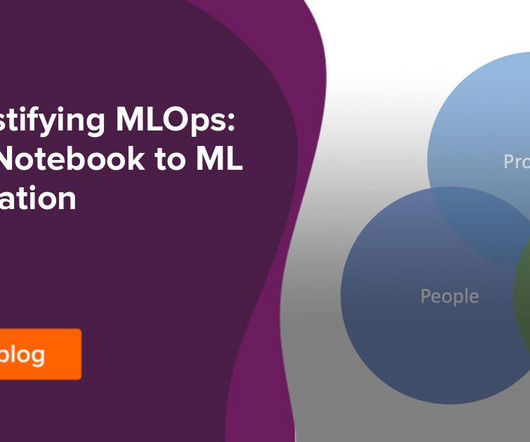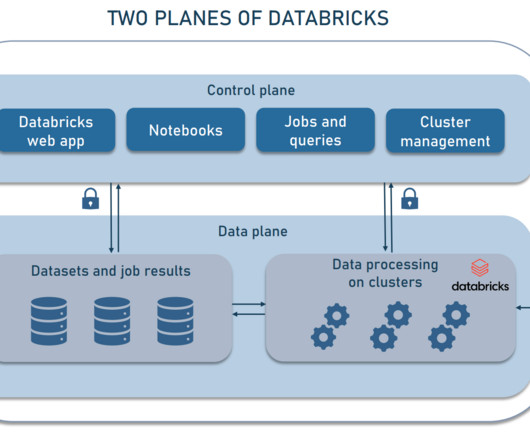Why Are We Excited About the REAN Cloud Acquisition?
Hu's Place - HitachiVantara
NOVEMBER 11, 2018
Forbes believes it is an imperative for CIOs to view cloud computing as a critical element of their competitiveness. Cloud-based spending will reach 60% of all IT infrastructure and 60-70% of all software, services, and technology spending by 2020.















Let's personalize your content